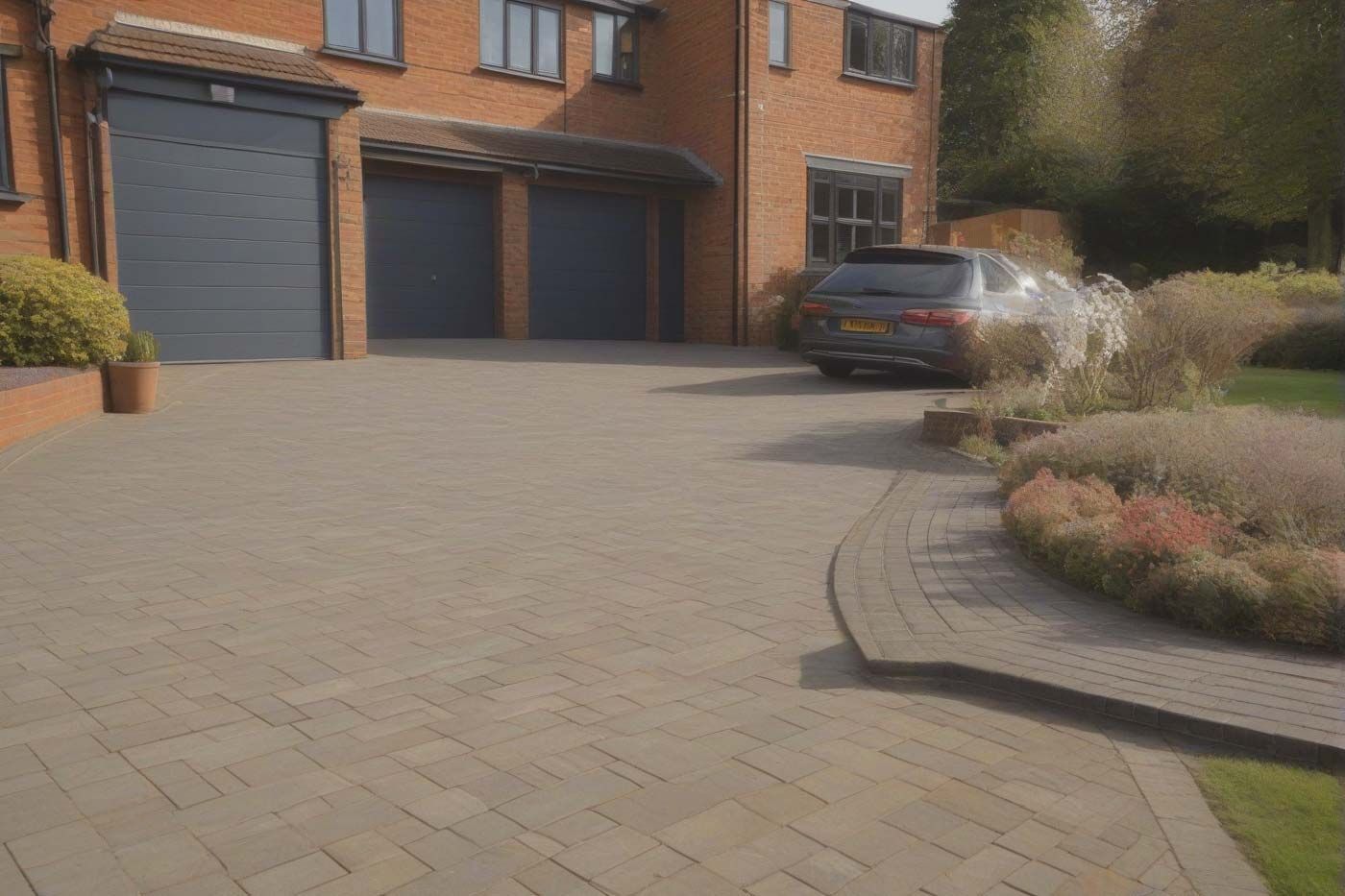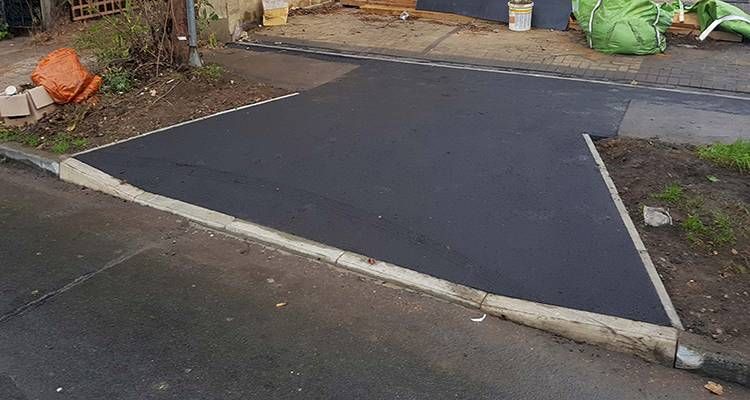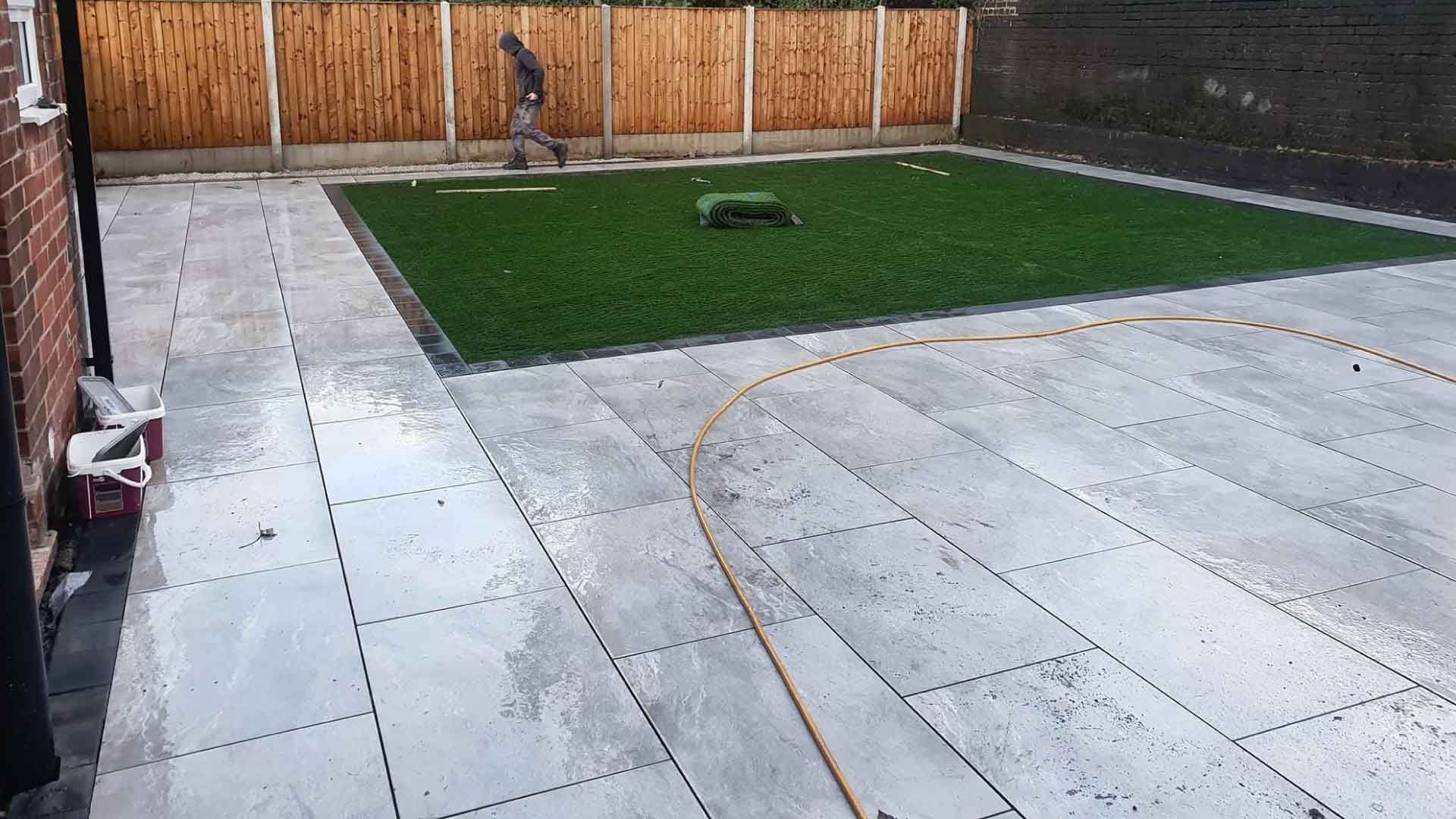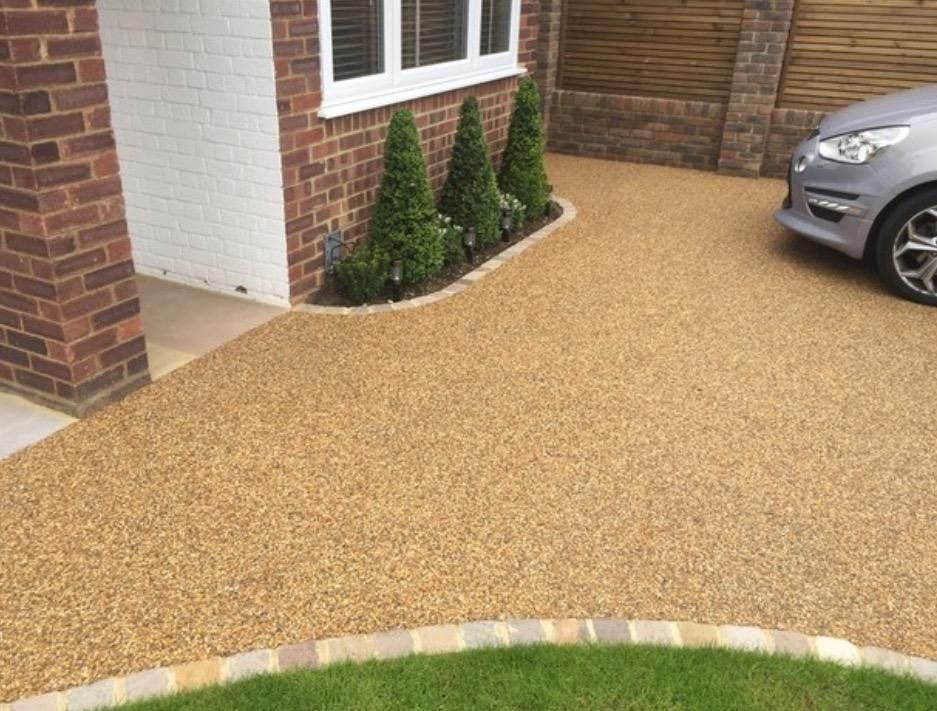How Long Before I Can Park on My New Tarmac Driveway?
Are you excited about your new tarmac driveway in the UK? A freshly laid tarmac driveway enhances the aesthetics of your property while providing a durable and functional surface for parking your vehicles. However, in the first few days after installation, you need to be particularly cautious.
So, how long should you wait before parking on your new tarmac driveway?
The general rule of thumb is to avoid using the newly laid tarmac driveway for at least 5–7 days. During this initial period, you should take extra care to protect your driveway. Let’s explore the details in more depth.
What Is a Tarmac Driveway?
Tarmacadam, commonly known as tarmac, is a type of driveway material made from a mixture of bitumen and aggregate. Tarmac is durable, strong, water-resistant, and provides excellent grip. It is a popular choice for many homeowners due to its affordability, longevity, and ease of installation.
Additionally, tarmac is capable of withstanding heavy traffic and is suitable for various weather conditions. As its dark colour absorbs heat, it is particularly beneficial in colder climates, as it can help to melt ice and snow.
How Long Before I Can Park on My New Tarmac Driveway?
It is recommended that you avoid driving on a newly laid tarmac driveway for at least a week, as it typically takes 2–3 days for the tarmac to begin solidifying. Allowing sufficient curing time is crucial to maintaining the driveway’s integrity.
Importance of Curing Time
Curing time is essential for the tarmac to harden and stabilise before regular use.
- The longer the curing time, the stronger and more durable the driveway becomes.
- Driving on the surface too soon can cause significant damage.
The curing time of a tarmac driveway depends on several factors, including:
- Temperature – Warmer weather helps the tarmac cure faster.
- Humidity – High humidity can slow the curing process, increasing the risk of cracking
- Rainfall – Rain can interfere with curing, so it is best to avoid laying tarmac during wet weather.
Curing Timeline
To understand the process better, curing takes place in two stages:
Initial Stage (24–48 Hours)
- You can walk on the tarmac after 24 hours.
- Within 48 hours, the surface will have started to harden, but driving is still not advised.
Full Cure (1–3 Weeks)
- Full curing can take anywhere from 1 to 3 weeks, depending on the weather and the thickness of the tarmac layer.
- During this period, avoid driving heavy vehicles on the driveway, as they can cause damage.
Signs That the Driveway Has Fully Cured
- Colour Change – The tarmac’s colour will gradually lighten from deep black to a slightly lighter shade as it cures.
- Firmness Test – After one week, press your finger lightly on the surface. If it feels solid and does not leave an imprint, the driveway is properly cured.
Maintaining a Newly Installed Tarmac Driveway
Proper maintenance is essential to extend the lifespan of your tarmac driveway. Here are some key tips:
1. Let It Cure Before Use
As mentioned earlier, allow at least seven days before parking any vehicles on the surface.
2. Regular Cleaning
- Sweep the driveway regularly to remove leaves, dirt, and debris.
- Standing water should be cleared to prevent long-term damage.
3. Immediate Cleaning of Spills
- Oil, fuel, and chemical spills should be cleaned immediately to prevent stains or damage.
- For oil spills, absorb the liquid first before washing the area with water.
- If using a pressure washer, opt for low water pressure to avoid damaging the surface.
4. Apply a Sealant Coat
- A sealant should be applied after one year to protect the surface.
- Repeat the sealing process every two years for maximum durability.
- The sealant provides a protective layer against heat, UV rays, water, fuel, and oil.
5. Preventing Moss Growth
- Moss and algae can develop on tarmac over time, particularly in damp areas.
- A simple solution of vinegar and water can be applied to affected areas and left for 15–20 minutes before washing off.
- Bleach or baking soda can also be effective in eliminating moss.
How to Remove Moss from a Tarmac Driveway
To remove moss effectively, follow these steps:
Materials Needed:
- Broom
- Moss killer (or a homemade solution using vinegar and water)
- Pressure washer
Process:
- Sweep the surface to remove loose moss and debris.
- Apply the moss killer or vinegar solution to the affected areas.
- Allow the solution to soak in for the recommended duration.
- Use a pressure washer on a low setting to rinse the driveway thoroughly.
- Repeat the process if necessary.
Final Thoughts
A tarmac driveway is a valuable and aesthetically pleasing addition to your property. However, to ensure long-term durability, it is crucial to wait at least 5–7 days before parking your vehicle.
For expert advice on maintenance and curing guidelines, consult a professional. Taking the right precautions now will help keep your driveway in top condition for years to come.










